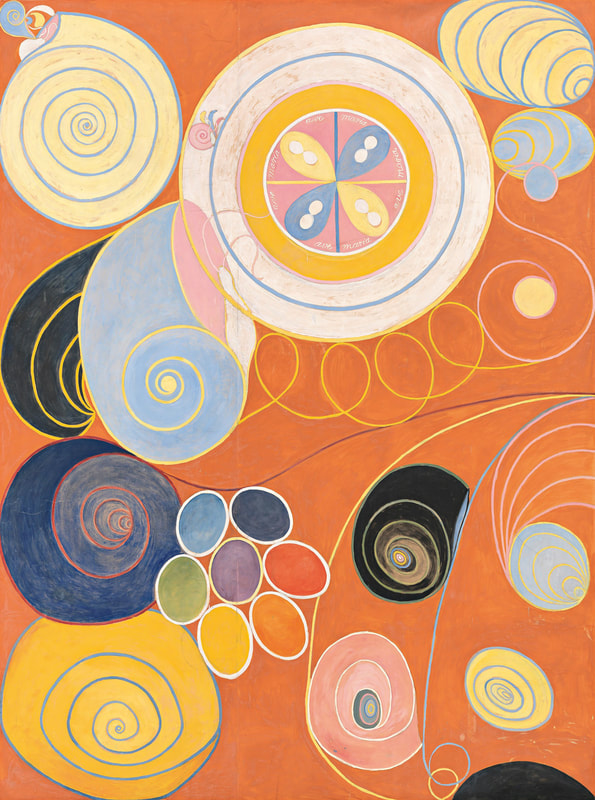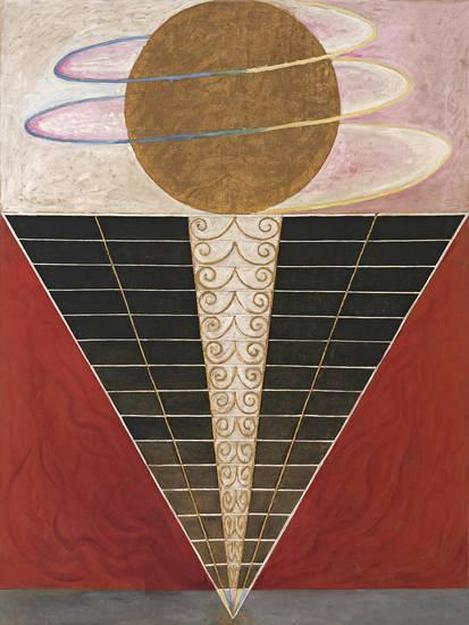n
I’m calling foul here. Saying wine is “all subjective” is a not only a monumental cop out, it’s simply wrong. It also reinforces widely held urban myths that wine as a subject is impossible to understand and that industry pros like us are making everything up. And while one could argue that the entire wine experience is subjective because it’s based on personal response and interpretation, there is a great deal of it that can be precisely measured.
Before getting even more carried away, it might be useful to examine the terms objective and subjective as they apply to the tasting experience. To do so I’ll use the Master Sommelier deductive tasting grid–without the conclusion segments–as a guideline to determine which criteria fall under the objective category vs. subjective. There may also be a third category. More on that in a moment.
To start, working definitions of the terms “objective” and “subjective” as they apply to all experience are needed. A quick check on Google, the source of all human knowledge and wisdom, turned up the following:
“Objective experience: of, relating to, or being an object, phenomenon, or condition in the realm of sensible experience independent of individual thought and perceptible by all observers.”
“Subjective experience: refers to the emotional and cognitive impact of a human experience as opposed to an objective experience which are the actual events of the experience. … For instance, we are all having a subjective experience whenever we are experiencing pain.”
Now let’s map these definitions over to the tasting experience. In wine, certain criteria can be isolated, identified, and quantified through lab analysis. We’ll call these “objective.” Other criteria are described by a taster using their personal and unique life memories. These are “subjective” as they are based on individual interpretation and are different for everyone.
I want to introduce a third category at this point that combines both objective and subjective experience in regards to tasting. These criteria display extremes (little or none vs. a lot) that can easily be identified and are clearly objective. However, the degrees in between the two extremes are more open to interpretation and therefore subjective. Hence, objective-subjective.
The Grid
Following is the deductive grid broken down into objective elements that can be quantified, subjective elements that are always shaped by personal interpretation, and finally those that fall into the third objective-subjective category.
Sight
Clarity: in wine is the result of filtration and fining—or the lack thereof. The difference between a clear wine placed next to a cloudy or hazy wine is easy to discern and agree on, as is that in between. Objective.
Brightness: the brightness scale in the deductive grid goes from dull to brilliant with several stages in between. While the extremes are easy to identify if placed next to each other, the degrees in between are definitely not. Subjective – objective.
Color: color scales for all major styles of wine have long been established. The actual names for colors may vary, depending on the source. However, anyone in the industry can connect the dots between the color of a wine and a commonly used name. Objective
Secondary colors: observing the presence of green or sliver in a young white wine or garnet highlights in an older red wine is fairly straight forward. Objective
Rim variation: there is always differentiation between the color at the core of a glass of red wine and that at the rim or edge. Objective
Sediment: regardless of tartaric acid crystals or actual sediment from non-filtration or age, sediment can easily be seen and identified. Objective
Tears/legs: here for the first time we’re in the subjective universe. The intent of observing the legs/tears/Marangoni effect in a glass of wine is to gain a first impression of the body/weight of the wine, which is related to the level of alcohol, glycerin, and/or the presence of residual sugar. However, observing legs-tears generates a general impression at best and presupposes multiple things including quality glassware that is cleaned and polished. Subjective
Nose
Faults: while degree of sensitivity to common wine faults is unique to the individual, the presence of TCA (trichloranisole), high levels of VA (volatile acidity), Brettanomyces, or other compounds can be precisely measured in the lab. Objective
Intensity of aroma: intensity of aroma is directly related to fruit ripeness, certain impact compounds, and structural levels, especially alcohol. Given that, one could place a Pinot Grigio from Alto Adige next to a Gewurztraminer from Alsace and the difference in aromatic intensity would be obvious. However, tasting experience would be needed to calibrate the degrees of aromatic intensity between the two extremes. Objective – subjective
Age: oxidative character in wine is due to time spent in barrel or bottle. Again, two extremes are useful in determining age in the context of this discussion: a young vibrant and fresh white wine vs. the same wine, which has been in bottle for a decade or longer, showing dried fruit character as well as secondary and tertiary aromas and flavors. Hence, old vs. young vs. degrees of development. Objective – subjective
Fruit: at heart, describing fruit in wine is really the source of the entire objective-subjective debate. Our response to fruit qualities in wine is always dependent on our unique life memories of said aromas and flavors. Hence, my “kiwi” call on a particular white wine could be your Bartlett pear, which might be someone else’s Fuji apple. In this case, we are all equally correct in our calls. Subjective and thus it will always be…
Fruit quality: back to the objective universe. Tart fruit due to lack of ripeness results less alcohol and higher natural acidity. Ripe, even raisinated fruit qualities are due to … ripe and raisinated fruit, which means higher alcohol and less natural acidity in the wine. Fruit quality can easily be linked to structural elements that can easily be quantified in a lab. I’m calling objective here.
Non-fruit: here a mix of objective-subjective with a strong nod to objective. With subjective, one’s life memories come into play in calling various flowers, herbs, and spices in a wine. Beyond that, the non-fruit category lands squarely in the objective camp in the form of important impact compounds in wine, many of which are chemical in nature. Objective — subjective
Earth-mineral: while debate and conjecture over earth-mineral has long raged in the industry and beyond, recent use of DNA sequencing technology shows the role bacteria and yeasts in vineyard soil play in fermentation as well as the chemical compounds in the finished wine. However, it’s worth noting that smelling and tasting mineral and earth in wine is something that usually requires experience on the part of the taster. Objective – subjective
Wood: beyond the obvious aromas and flavors from oak aging, putting wine in a barrel adds chemical compounds from the actual wood as well as properties from tasting/caramelizing the inside of the cask. Objective
Dryness/sweetness: due to the presence (of lack of) residual sugar. Easy call: objective
Body: due to the levels of alcohol, glycerin, and dry extract. All easily measureable and therefore objective
Fruit: confirming what was smelled in the wine. Again, fruit falls squarely into the subjective camp.
Fruit quality: confirming that fruit quality is the result of structural levels as they relate to harvest timing and regional climate. Objective
Non-fruit: as with the nose, bits of subjectivity overshadowed by impact compounds and other elements which can be cultured out in a lab. Objective-subjective
Earth-mineral: ditto the nose. Objective – subjective
Wood: as above, objective
Acidity: while every individual has unique tolerances to each, all the structural elements (levels of acidity, alcohol, and tannin) can easily be quantified in a lab–including acidity. Objective
Alcohol: ditto above. Objective
Tannin: same. Objective
Balance: regardless of definition, defining balance in a wine tends to be a moving target and finding universal agreement far from easy. Subjective
Finish: the length of the finish of any wine is not always agreed on—even by seasoned pros. Subjective
Complexity: many definitions to complexity. We’ll go with the one that says complexity in wine is determined by the number of aromas and flavors combined with how much the wine changes on your palate. If it’s a matter of counting, then an objective vote makes sense. However, how a wine evolves on the palate does not make for universal agreement. Objective-subjective
Scorecard
I used 28 of the 43 total criteria on the deductive grid. My scorecard breaks down as follows:
- Objective: 15 criteria or 53%
- Objective-subjective: 8 criteria or 28%
- Subjective: 5 criteria or 19%
Coda
What can we take away from this less-than-official survey? That tasting is a blend of purely objective and purely subjective experience with a fair amount of the two combined. Perhaps the most important take away is that one cannot generalize tasting as “all subjective” because it’s not true. Further, the more experienced one is as a taster, the more objective the wine experience becomes. The less experienced, the more subjective. To point, Michael Meagher, MS, recently told me, “Once I viewed deductive tasting as not something that I subjectively did, but rather as something that was purely objective and driven by unadulterated data, it became a lot easier to connect the dots.” I couldn’t agree more.
Ultimately it’s our job as professionals and educators to make absolutely clear to consumers and students alike that tasting is a combination of objective and subjective experience. In doing so we also need to show them how to connect to their innate ability and memories. If we do our job, everyone will avoid massive confusion–especially those just getting into wine. And that’s a very good thing.
nn

